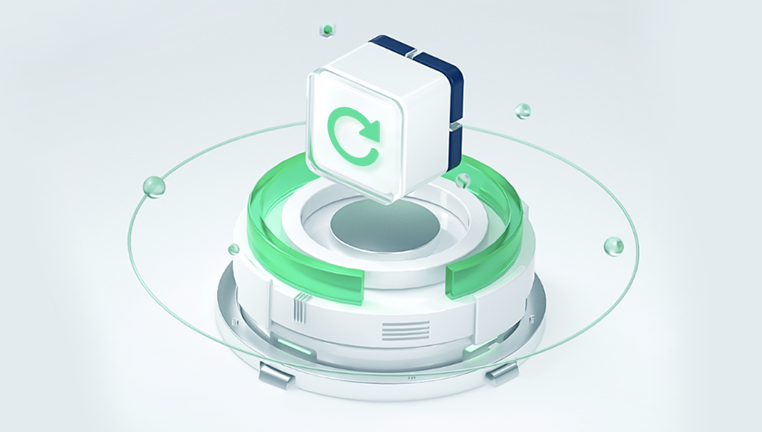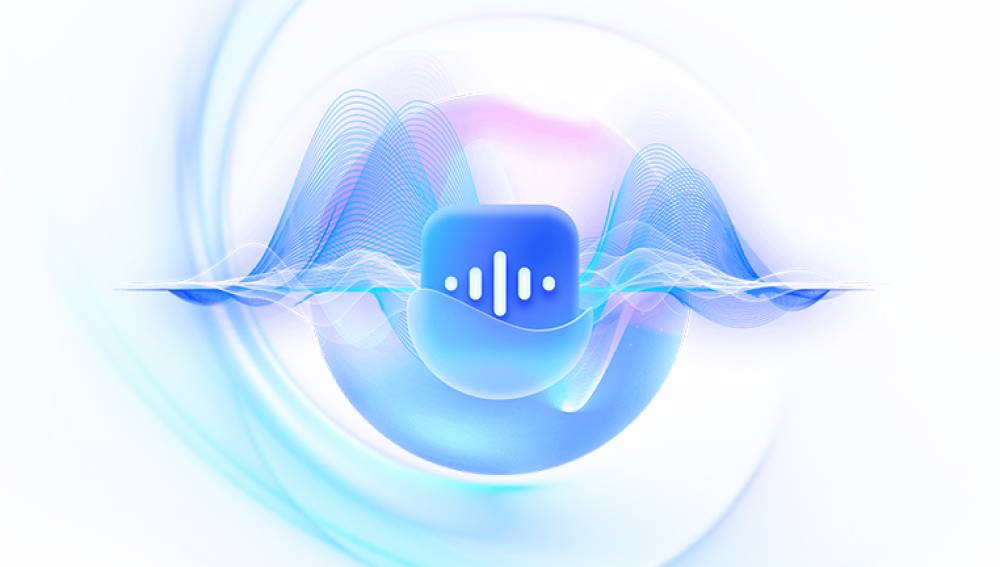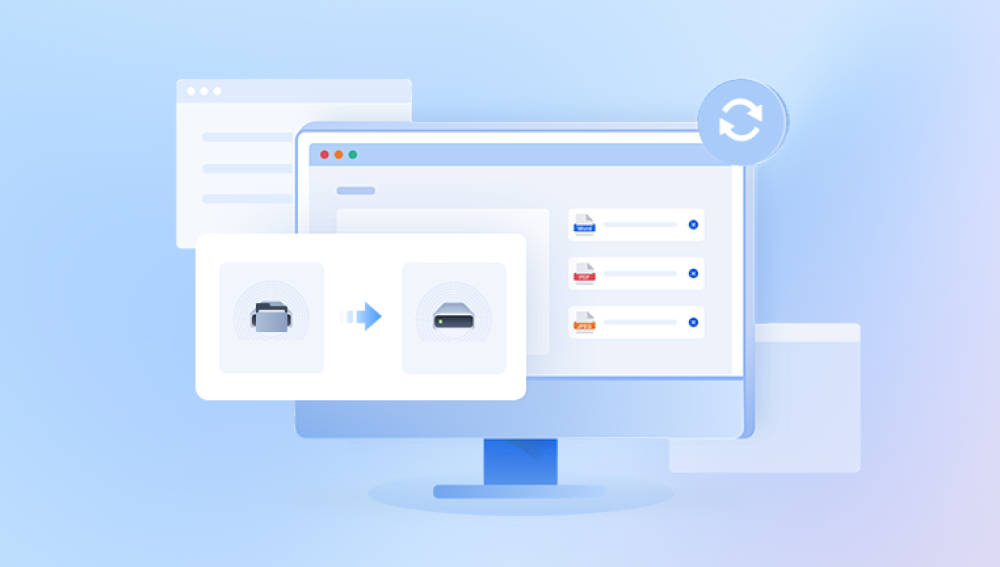Losing valuable recordings on DirecTV can be a frustrating experience, especially when you've saved episodes, sports events, or movies you planned to watch later. Whether the recordings were deleted by accident, due to system updates, storage limitations, or other unknown errors, many users wonder if there's any hope for recovery.
How DirecTV Recordings Work
DirecTV uses DVR (Digital Video Recorder) technology, primarily through its Genie DVR systems. When you record a program, it's stored on the hard drive inside the DVR. These recordings are not saved indefinitely they are subject to deletion when:
The DVR storage becomes full and needs space for new recordings.
The recording was set with a "Keep Until" parameter (e.g., "Keep Until Space Needed").

You or another user deletes the recording manually.
A system update or glitch causes recording files to disappear.
Understanding these basics is crucial to evaluating whether deleted content is recoverable and how to prevent future loss.
Section 1: Check the Deleted Recordings Folder
DirecTV has a built-in recovery option for recently deleted content—much like a computer’s Recycle Bin.
Steps to Access Deleted Recordings:
Press the LIST button on your DirecTV remote.
Scroll down and find “Deleted” or “Recently Deleted Recordings” (depending on your model).
Highlight the show or movie you wish to recover.
Press SELECT, then choose “Recover”.
If the recording was recently deleted and hasn’t been overwritten, this method will restore it to your active recordings list.
Limitations:
Only available on Genie DVR and newer systems.
May not appear if too much time has passed or the space was needed for new recordings.
Section 2: Recover Using the DirecTV App (if Cloud DVR is Enabled)
Some DirecTV subscribers have access to Cloud DVR, which stores recordings in the cloud rather than just locally on the DVR.
How to Check and Recover Using Cloud DVR:
Open the DirecTV app on your smartphone or tablet.
Log in with your AT&T or DirecTV credentials.
Tap on the Library or Recordings tab.
Look under Deleted Recordings or recently watched.
If available, select Recover or Download to retrieve the recording.
Note: Cloud DVR access and features depend on your specific DirecTV package. Not all accounts are eligible.
Section 3: Using External Drives and GenieGo (Now Discontinued)
In the past, DirecTV supported GenieGo and certain external eSATA hard drives, allowing users to store and access additional content.
If you used an external drive:
Do not unplug or format it.
Reconnect it to the original DVR.
Power cycle both devices.
Press the reset button on the DVR.
If data from the external drive is missing, it's unlikely to be recovered unless you used third-party backup software (rare in DirecTV use).
GenieGo was discontinued in 2018. so any recordings associated with it may no longer be accessible unless backed up separately.
Section 4: Try a Soft Reset or Power Cycle
Sometimes, deleted or missing recordings are due to a system glitch rather than actual data loss.
How to Soft Reset Your DVR:
Press the red Reset button located inside the access card door of the DVR.
Wait for the system to reboot (this may take 5–10 minutes).
Check if the missing recordings have reappeared.
Alternatively, unplug your DVR for 15–30 seconds, then plug it back in.
Why This Works: A soft reset refreshes the DVR’s internal cache and directory structure, occasionally resolving bugs that hide existing content.
Section 5: Contact DirecTV Customer Support
If none of the above methods work, your next step should be to reach out to DirecTV Support.
What to Provide:
Your account number.
A list of missing recordings (titles and channels).
When the content was deleted.
Details about any recent power outages or software updates.
DirecTV support may be able to:
Check cloud backups (if enabled).
Push a software update or refresh signal.
Identify known bugs with your model and provide fixes.
Section 6: Explore Third-Party Data Recovery Options (Advanced Users Only)
While DirecTV's systems are not designed to be user-modifiable, advanced users with technical skills may attempt to recover deleted files directly from the DVR’s hard drive.
DISCLAIMER: Opening a DVR voids warranties and may violate service terms.
Steps (Not Recommended for General Users):
Remove the DVR’s hard drive.
Connect it to a computer using a SATA to USB adapter.
Use forensic recovery software (like Drecov Data Recovery ) to scan the drive.
Look for media files or corrupted data structures.
Extract and attempt playback using compatible video software.
Important: DirecTV uses encrypted file formats. Even if you locate the files, they may not be usable without proprietary decryption.
Section 7: Preventive Tips to Avoid Losing Recordings
Change Recording Settings:
Use “Keep Until I Delete” instead of “Keep Until Space Needed.”
Add Extra Storage:
Use approved eSATA hard drives for more recording space.
Enable Cloud DVR (if available):
Opt for packages that include cloud storage for backups.
Schedule Backups (where possible):
Though DirecTV doesn't officially support manual backups, capturing shows via external recording devices (like HDMI capture cards) is one option.
Avoid Frequent Power Losses:
Use an Uninterruptible Power Supply (UPS) to protect against data corruption during outages.
Check Storage Space Regularly:
Monitor usage and delete unnecessary recordings to avoid automatic deletions.
Keep Software Updated:
Updates fix bugs and improve DVR stability.
Losing recordings can be disappointing, but recovery is not always impossible. Start by checking the built-in deleted folder and mobile app. If that fails, consider resets, customer support, or third-party software (with caution). To protect your content moving forward, take advantage of storage settings, external options, and cloud-based backups.




